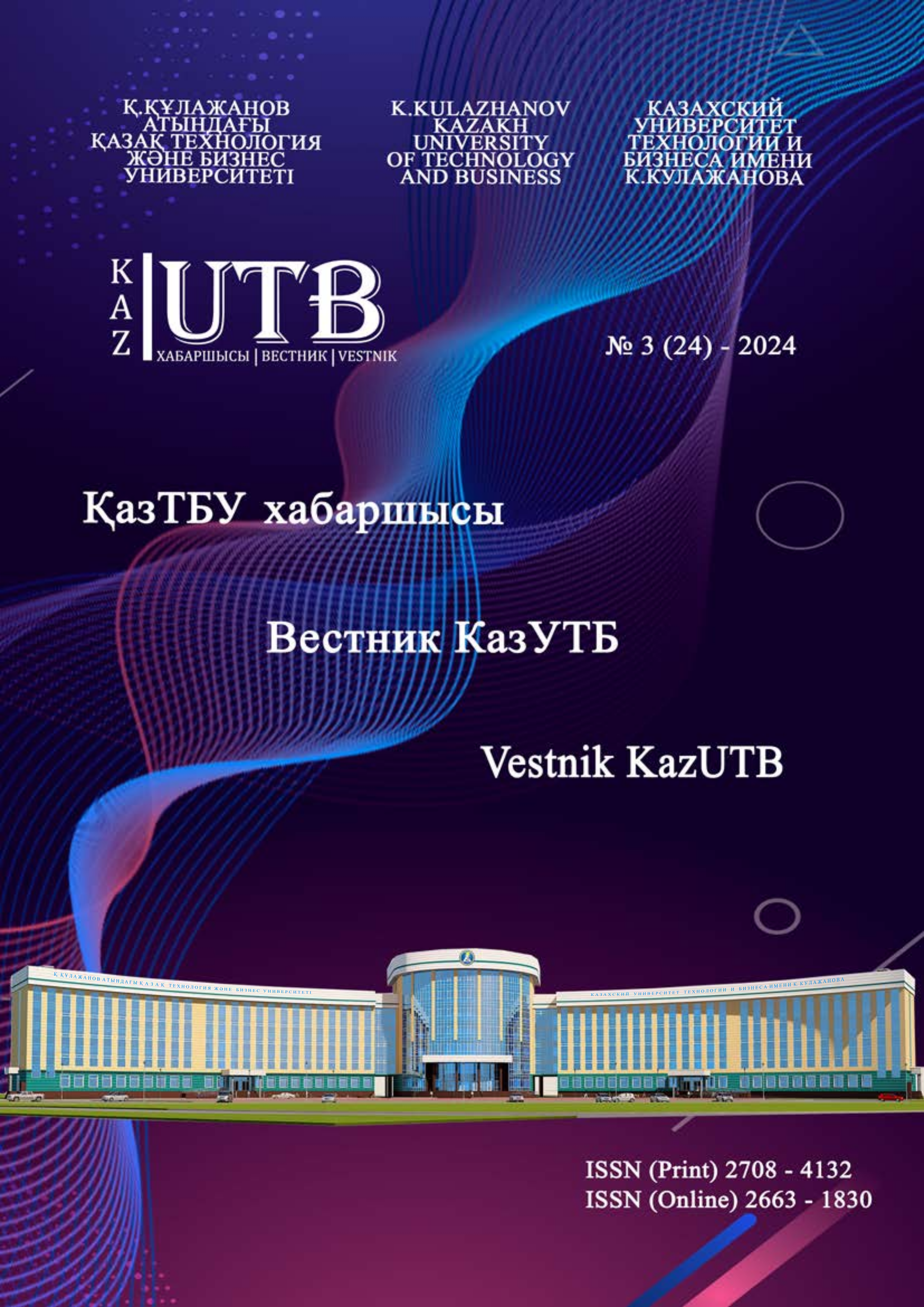Меню


Manufacturing and manufacturing industries
No. 3 (24) - 2024 / 2024-09-30 / Number of views: 98
THE EFFECT OF ULTRAFINE GRINDING ON THE TECHNOLOGICAL PARAMETERS OF THE ENRICHMENT OF DUMP TAILINGS
Authors
Keywords
mineral processing, flotation, ultra-fine grinding, waste tailings, chalcopyrite, mineralogical analysis
Link to DOI:
How to quote
Mambetaliyeva А., Makasheva Г., Tusupbekova Т., Kaliaskarov С., and Sagatbek С. “THE EFFECT OF ULTRAFINE GRINDING ON THE TECHNOLOGICAL PARAMETERS OF THE ENRICHMENT OF DUMP TAILINGS”. Vestnik KazUTB, vol. 3, no. 24, Sept. 2024, doi:10.58805/kazutb.v.3.24-480.
Abstract
The challenges that the mining industry has to face in order to achieve tailings disposal in accordance with the principles of a closed-loop economy include improving rather limited knowledge about mineralogy, impurity concentrations and tailings volume in tailings dumps. It is also necessary to develop technologies to make the process economically feasible. In order to improve the performance of the grinding operation and have a significant impact on the enrichment of valuable components, the effects of ultrathin grinding on the degree of disclosure of copper minerals of dump tailings were studied.
Based on optical and mineralogical studies, it was found that the completely uncovered chalcopyrite grains make up no more than 35% of the total number of grains, their size is mainly (by 60% relative) within the class of 10-45 microns. Analysis of the sieve characteristics of the tailings after ultrathin grinding shows that the highest concentration of copper falls on the thinnest class -0.006+0 mm, that indicates a high disclosure of copper minerals due to ultrathin grinding. Flotation tests to determine the effect of the degree of ultrathin grinding showed that with an increase in the fineness of grinding in the size class – 0.045 + 0 mm to 86%, the extraction of copper increases from 66.49 to 73.52%; gold 71.07 to 77.78%; silver 70.29 to 76.71%.



